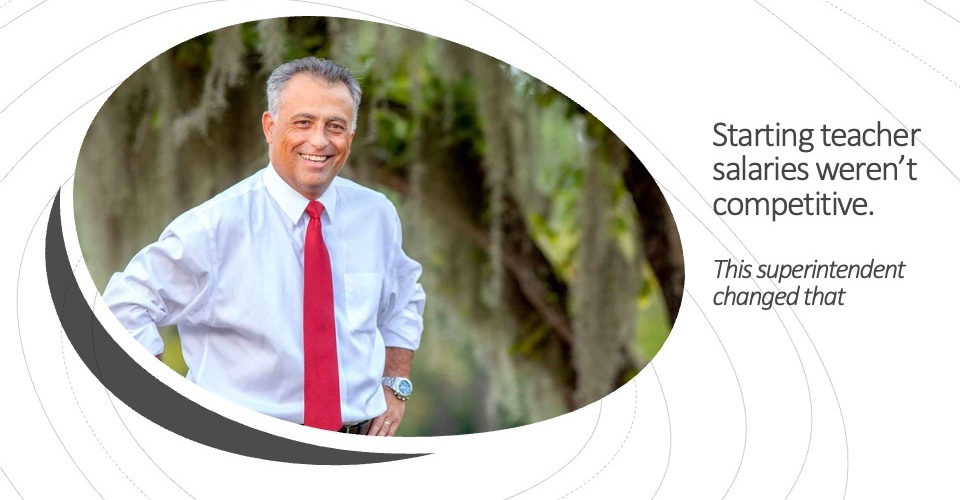Across the country, attendance rates in K12 schools have witnessed a dramatic shift—for the worse. It’s one of the many lingering effects caused by the pandemic, and federal agencies are calling upon education leaders to make improvements.
Last month, the National Center for Education Statistics published attendance data from November 2023, which revealed a 90% attendance rate for K12 public schools. Furthermore, just 37% of public schools saw average attendance rates of 95% or higher.
School leaders were also asked to rate their concerns as they relate to student and teacher absences. Some 15% of public schools reported being “extremely worried” about student absences. Similarly, finding substitute teachers topped leaders’ concerns for teacher-related absences, with 35% reporting they are “extremely concerned.”
“This new, timely data on attendance help us understand the extent of absenteeism at public schools, as well as the extent to which absences by students, teachers, and staff are a concern to public school leaders,” NCES Commissioner Peggy G. Carr said in a statement. “The data also show challenges our schools face when it comes to the supply chain for adequate goods and services needed to successfully operate, such as food services, laptops and other electronic devices, and office equipment.”
More from DA: New partnership aims to create safeguards for students using AI
In light of this research, Attendance Works, an organization that works with schools to address and reduce chronic absenteeism, is calling upon states to adopt a “tiered approach” to tackling this issue in their K12 schools.
At the bottom of the pyramid is “state support for all schools and districts.” Here, states should offer guidance on effective practices or state messaging campaigns. Next are “districts with high levels of chronic absence,” the middle of the pyramid. Initiatives include “community of practice or targeted investment in a key program.” Lastly, at the top of the pyramid are your most impacted districts. Here, states should be offering intensive technical assistance and coaching.
“Chronic absence is now more widespread and more concentrated than ever before,” an Attendance Works blog reads. “It is elevated and more intense in the places where chronic absence was a challenge before the pandemic, and now is a significant challenge in many schools that have never experienced such large numbers of chronically absent students.”
So, what can states do to support district leaders in their efforts to mitigate this issue? Here are six recommendations school leaders can call upon their state decision-makers to act on:
- Publish timely, accurate and comparable data: This will help educators and district leaders understand where action is needed.
- Create and promote messaging about the importance of attendance: This is critical post-pandemic as many families have gotten used to their students missing prolonged periods of school.
- Build capacity: Create training and professional development materials that schools can use to implement evidence-based approaches to tackling absenteeism.
- Embed attendance into pre-existing initiatives: Family engagement, expanded learning and intensive tutoring programs are perfect opportunities for leaders to incorporate strategies designed to target engagement and attendance.
- Reduce ineffective punitive responses: Most of the time, punitive approaches do very little to address the underlying cause behind chronic absenteeism. Consider punishment as a last resort.
- Enact a tailored action plan based on current data: To determine where action is needed, states can combine data from their state’s stock of existing resources to understand where gaps exist and what priorities must be established to support engagement and attendance.









